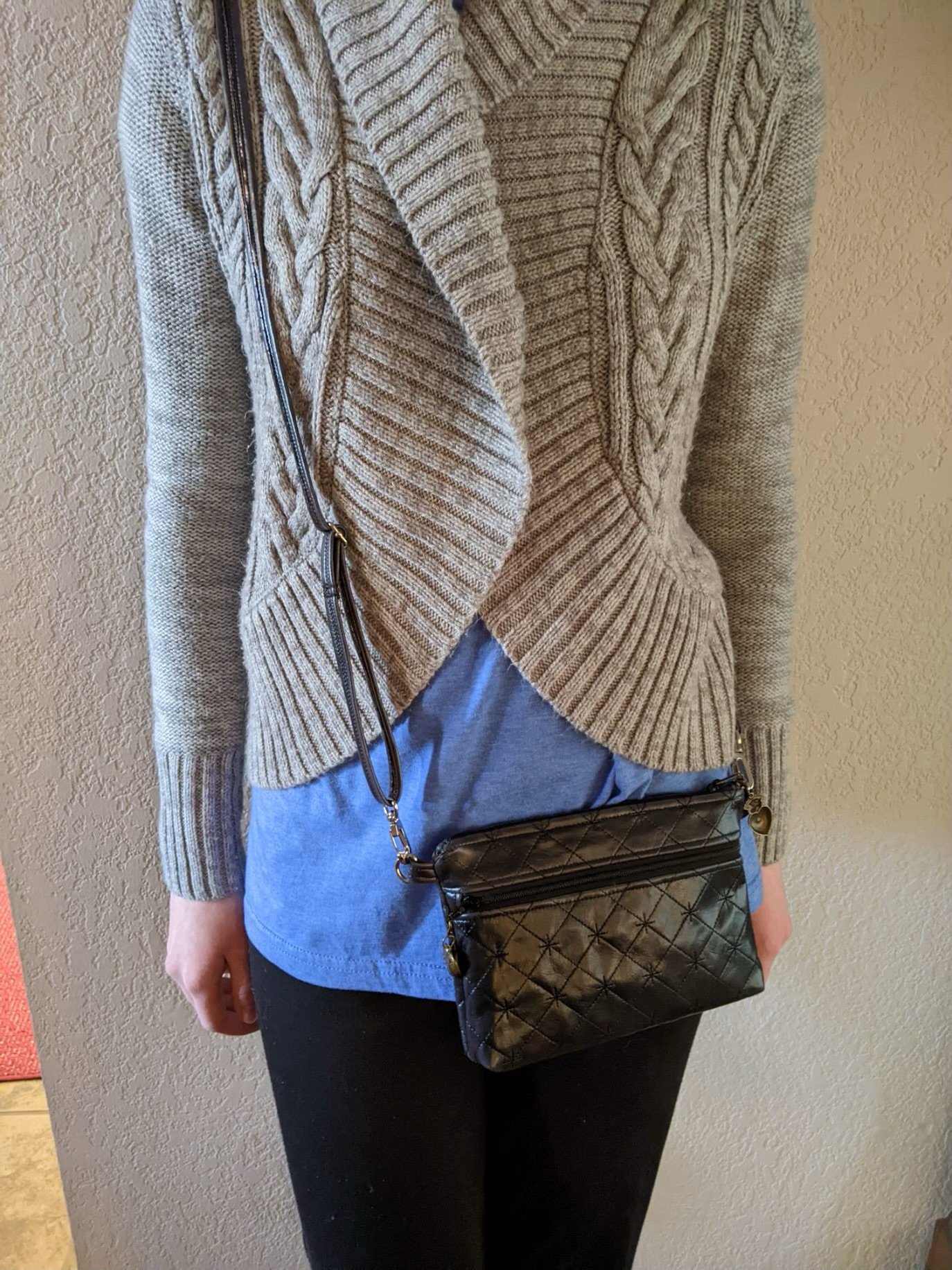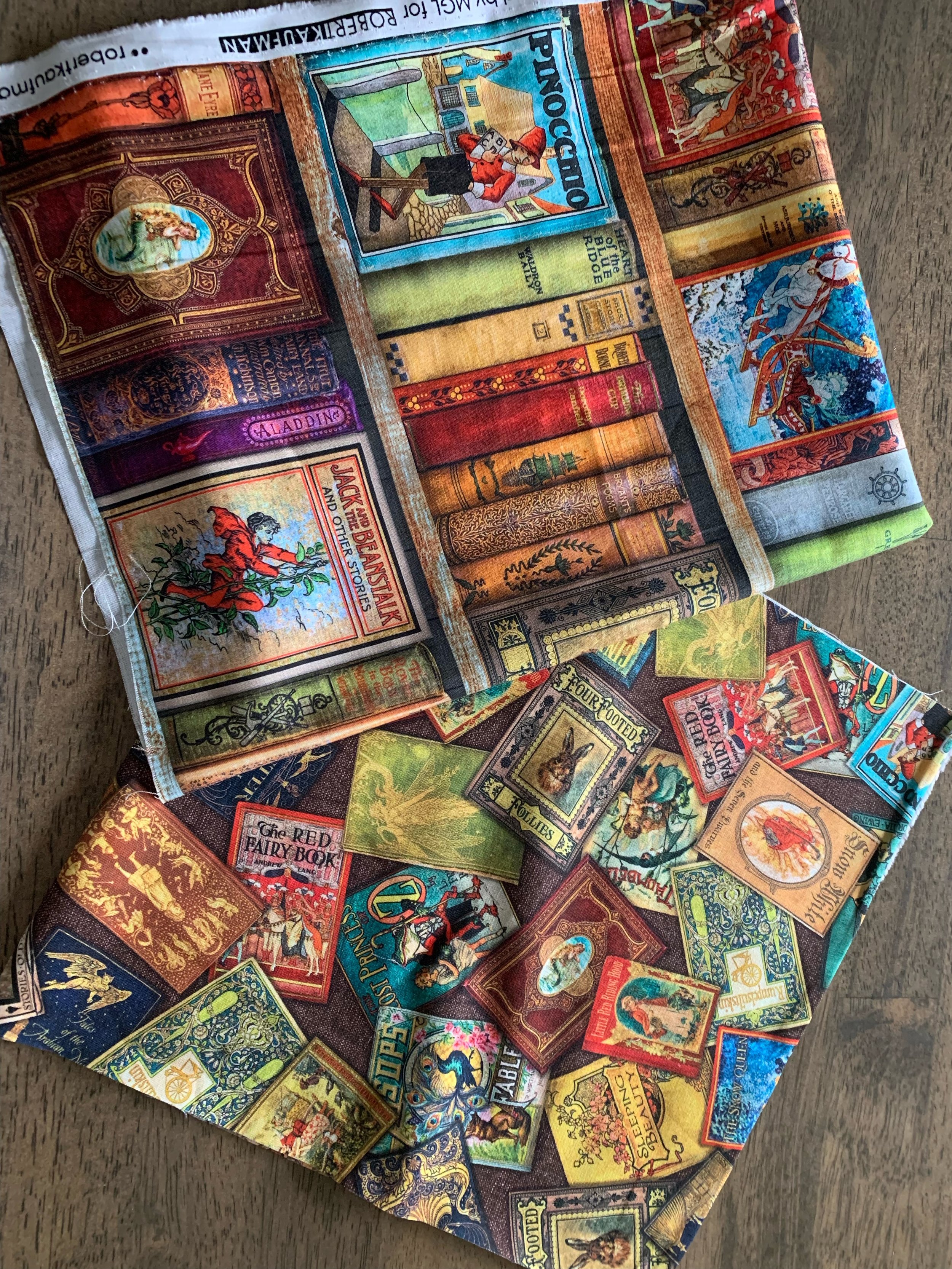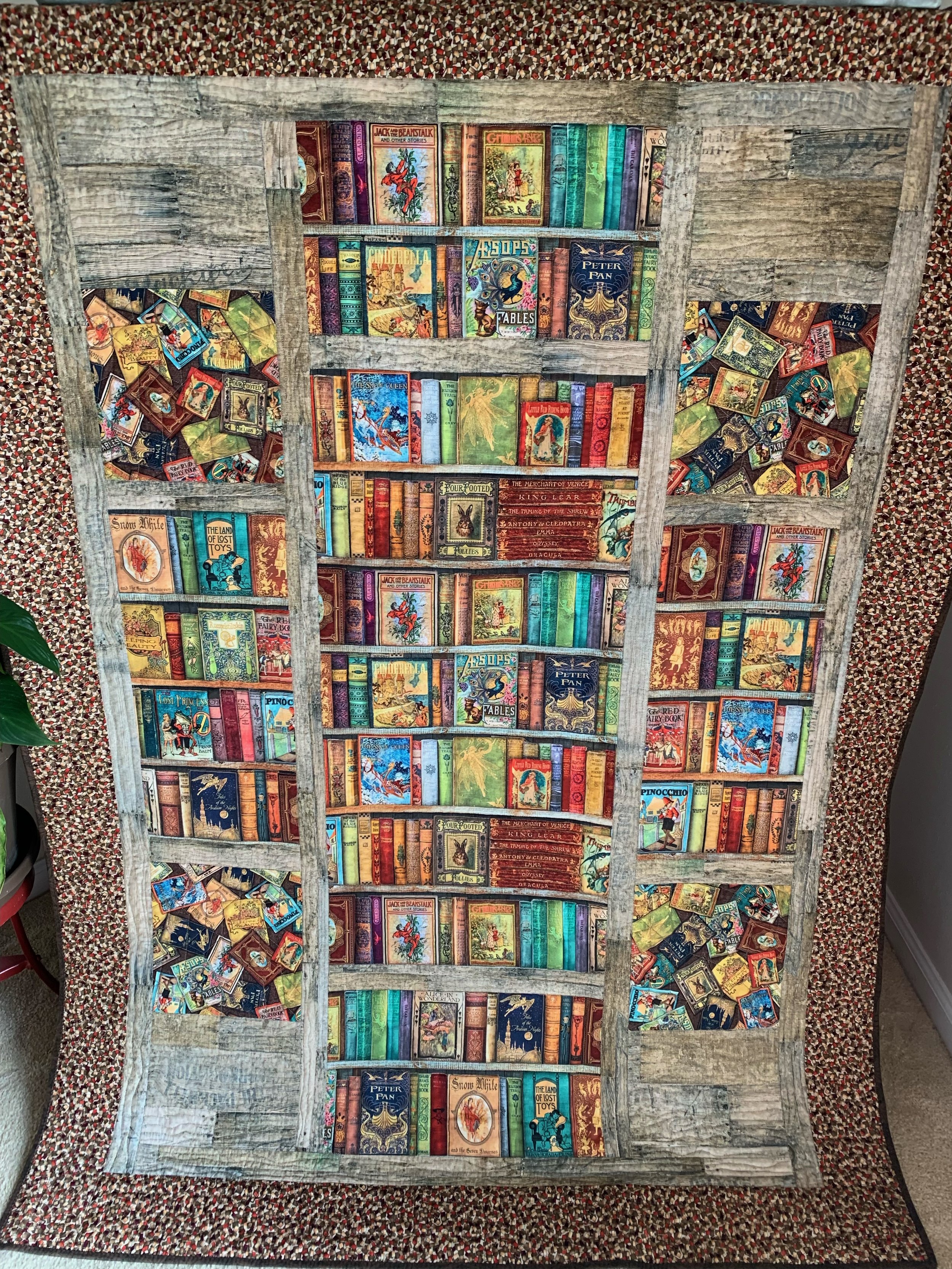Let me start by introducing myself. My name is Nicole and I am Monica’s youngest daughter…2nd in the line of 4, and if I’m being completely honest, the very last one of us that I ever thought who would start sewing, and that’s saying something since the youngest 2 are boys.
COVID had other plans for me though. By April/May of 2020 I was bored out of my mind and asking my mom and sister for sewing machine advice and mom came through as she always does with the amazing machine I am currently using, the Babylock Soprano. The greatest part? It came with lessons as long as I was willing to travel…which I was, so off to visit mom I went and she did a great job of giving me the easiest blanket on the planet to learn to sew with…I made one for each of my kids that Christmas.
So here I am, a couple years later, and I can’t say I am a whole lot better at sewing, but I can say I am willing to try. I decided this year that my goal was to sew SOMETHING every month. It’s early February and so far, I am keeping to it. Now, I guess it would be important to point out that I have yet to sew anything in February and I finished sewing for January right around the 31st, but hey, I got it done so I am counting it a win.
I really had no idea what I wanted to sew in January, I was thinking small and simple to be honest. So when a very dear friend of mine found out her mom has cancer, I immediately started thinking about what I could sew for her. I looked around and found port pillows and chemo blankets. And then I do what I always do and asked mom if she had any place I could find a pattern. And mom did what she always did and had patterns on my phone in about 12 seconds. So I started easy with port pillows.
In case you don’t know, the idea behind a port pillow is to offer a little comfort and cushion for cancer patients who are receiving their chemo through a port that has been surgically inserted into their bodies. These are often placed right in line with where a seat belt comes across your body, and the port pillow offers some cushion so the patient isn’t in pain going to and from wherever they need to go.
The greatest thing about these is how easy they are to make. Well, ok, I guess the greatest thing is that they offer the patient some relief, but the ease of making them has got to be a close second. Mom sent me this link from Create to Donate. Seriously, so easy.
As with any sewing project, the first step after finding the pattern (so I guess it makes it the second step) is to find the fabric. Off I went to my Joann’s app to start looking, and deciding, and looking some more, and deciding some more, and…well you get the idea, but I ended up finding some fabrics I really liked in something that is smaller than a jelly roll, but I don’t quite remember what mom called it, maybe a cupcake or something like that? I don’t know, it’s a good thing I have her around to help me navigate these sewing waters. Anyway, I decided to work with these fabrics and then I picked up the hook and loop tape and some filler and headed home.
As you can tell if you follow the link to this pattern, it is not rocket sewing (get it? like rocket science!) which made it exactly perfect for a quick afternoon project. In fact, I liked it so much, I decided my friend’s mom needed choices for her port pillow, because, some days your mood doesn’t match the fabric, so you need options. And I made a couple more. All in all, I made 3 in about 45 minutes.
When I gave these to my friend, she was so excited. She had cancer herself several years ago and knew exactly what I was talking about when I said they recommended port pillows and was very pleased to be able to give these to her mom.
I like these so much, I think I will make some more and donate them to our local cancer care facilities.
If mom lets me, I’ll be back to share more with you all soon. In fact, I am headed up to see her this weekend so we can make a chemo quilt. So look for that soon. In the meantime, mom will continue to wow you with her fancy projects…I’ll just be over here sewing the simple stuff.

















































